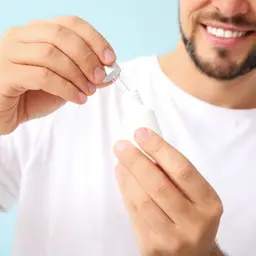
More and more, consumers pay attention to the formula of their cosmetics, to avoid ingredients that could be dangerous for their health or that could be the cause of allergies. Nevertheless, one less often thinks about their potential impact on the environment, and yet … Raw materials, manufacturing processes, packaging: a cosmetic product may be more, or less, eco-friendly, due to different reasons, to the point that, even "environment-friendly" cosmetics may not be above suspicion!
What is in a cosmetic? There are several ingredients: out of the ca 10,000 available to cosmetics designers, about 6,000 are frequently found in our beauty and hygiene products. Several processes are used to get these raw materials: a natural extraction by distillation, complex chemical processes, ingredients produced by the petrochemical industry, synthetic ingredients, more or less renewable natural resources …
Once the product is manufactured, it shall be marketed in a glass or plastic container, which may be inserted in a cardboard case, sometimes wrapped in a plastic film. Obviously, this has some consequences on the potentially pollutant effect or on the recycling of wastes.
What to say about the carbon footprint (the evaluation of the emission of greenhouse gases induced by a product) of an "exotic" raw material or of a cardboard box manufactured in China, far less expensive than the French equivalent?
Yes, our cosmetic products may have repercussions with regard to the environment. Here also, the consumer is an actor.
A true environment-friendly formula
By reading the list of ingredients , one may sort through a potentially strong pollutant product and another more environment-friendly product.
The raw materials
Obviously, they are the basis of a cosmetic. …













